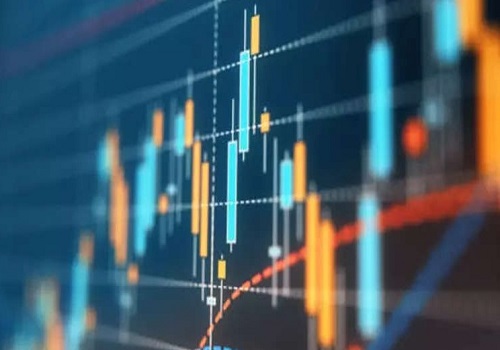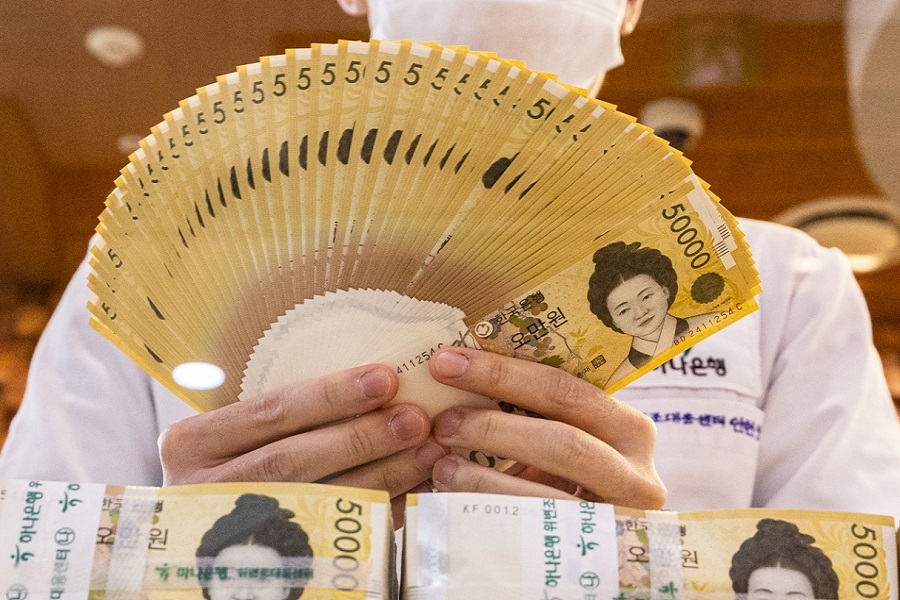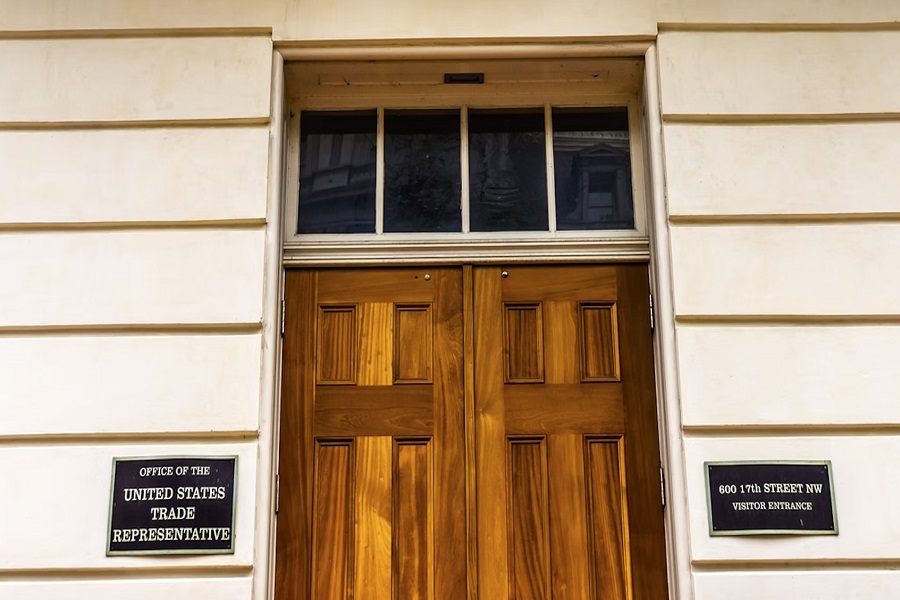US economy may witness a recession amid rising debt and market imbalances: smallcase Study

As per a study conducted by smallcase, a leading platform for curated investment strategies, there are looming concerns around the US economy, and it may slip into a recession due to the rising debt and market imbalances. Stocks, Bitcoin, leveraged investments, and meme stocks are all surging higher, which is certainly reminiscent of the “madness” we witnessed following the COVID lockdowns. Gold and silver has emerged as a safe haven amid looming recession in the US.
Multiple economic indicators raise alarms about the probability of a looming US recession. From rising credit card delinquencies to elevated S&P 500 P/E ratios, the findings reveal the challenges ahead. The S&P 500 trades at a P/E ratio of 31.2x, a historically high level associated with past market corrections. Additionally, credit card delinquencies have surpassed 4% for the first time since 2010, reflecting rising financial stress and potential strain on consumer spending. These indicators, among others, suggest heightened economic vulnerabilities.
The study also highlights the US debt-to-GDP ratio climbing to a record 124.3%, with over $1 trillion spent on public debt interest in 2023. This growing debt burden has significant implications for economic growth and fiscal sustainability, as showcased in the data below:

The Sahm Rule, a key recession indicator, has also risen to 0.57% in August 2024. This indicator, which signals a recession when unemployment rises by 0.50% from its 12-month low, has a strong historical record of accurately predicting downturns since 1970.
Gold and silver have consistently served as reliable hedges during periods of economic uncertainty. Historical data underscores their performance in past recessions, with gold showing gains of up to 100% and silver exhibiting increases as high as 300% during stagflationary periods.
Following is the performance of Gold and Silver during periods of recession and economic distress.

Gold and silver react differently during recessions due to their roles as haven investment and industrial assets:
Great Depression: Gold surged (69%) due to government price adjustments, while silver stagnated (50%) with low industrial demand. With Stagflation from 1973-75 both metals performed well, with silver (300%) outperforming gold (100%) amid high inflation. In Early 2000s recession, Gold (60%) held steady as a haven investment, but silver (25%) underperformed due to weak industrial demand. Followed by Great Recession in 2008-2009; Gold (100%) outperformed with investor flight to safety, while silver (29%) struggled with weak industrial use. During the COVID-19 Recession: Silver (39%) slightly outperformed gold (33%) as industrial demand recovered faster post-lockdown. Gold shines during volatility, while silver performs better when industrial recovery initiates.
Central banks remain active in the gold market, with notable purchases recorded in 2024. The Reserve Bank of India added 37 tons of gold, while the People’s Bank of China acquired 27 tons, and the National Bank of Poland emerged as a leading buyer in the third quarter. Silver’s dual industrial and investment roles continue to drive its demand, bolstered by advancements in green technologies and 5G deployment.
Ujjwal Kumar, smallcase Manager, Founder & Chief Investment Officer Wealth Culture said, “While, it is difficult to say when exactly the US can enter a recession, data seems to suggest that things are not looking as great. There are multiple data points to be concerned about, and hence, these data points need careful tracking. Investors should take a very balanced approach to their portfolio and focus on value rather than chasing momentum. If and when there is more clarity on a potential recession in the US, both gold and silver are expected to do well; hence, taking some position can act as a hedge against equities.”
Above views are of the author and not of the website kindly read disclaimer






















